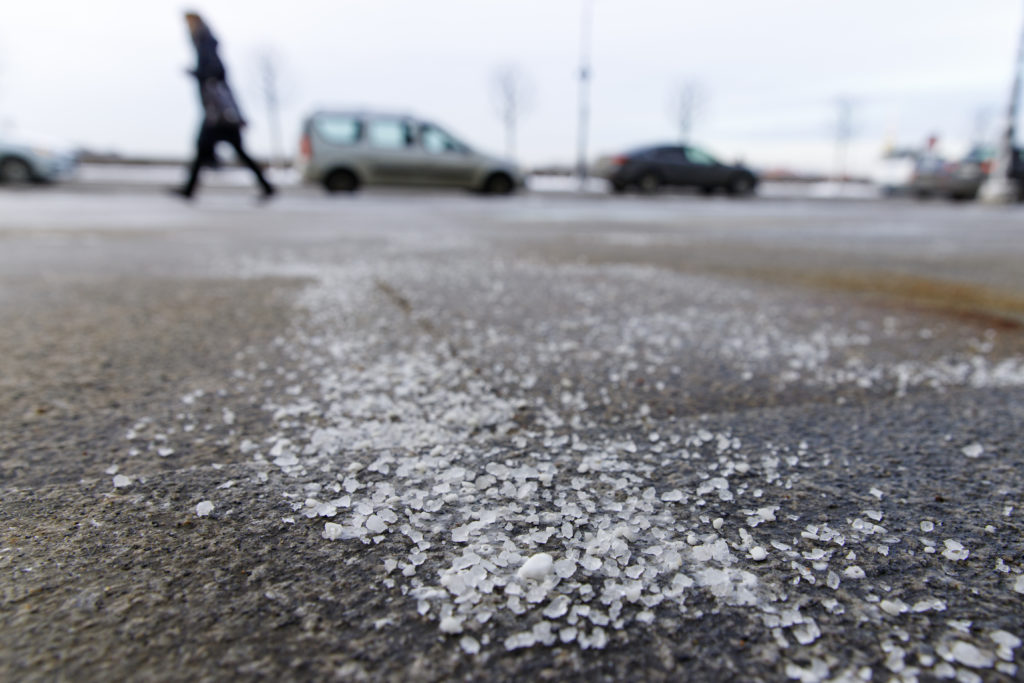
With some of the highest traffic congestion numbers in the world, Los Angeles is now working on a congestion pilot program and taking into account the needs of drivers and freight haulers, specifically.
This two-year Traffic Reduction Study is in the works within the Los Angeles County Metropolitan Transportation Authority, and will be conducted in an effort to better handle heavy traffic through additional and more efficient methods of transportation and congestion pricing updates. LA County Metro currently represents about 9.6 million people within its transportation agency.
This agency will determine the best methods of solving the most pertinent issues travelers throughout the county are currently facing, explained the senior director of the Metro’s Office of Extraordinary Innovation, Tham Nguyen, during a recent virtual panel discussion. According to Nguyen, Metro has been taking into account the comments and concerns from the public, including those from ride-share providers, construction crew workers, and delivery drivers.
“We are starting our analysis to better understand the travel patterns,” Nguyen explained. “We are engaging with folks from the freight and trucking industry. We’ll have more information, but first we’re just trying to understand what [the] truck patterns [are]. Where are people going?”
Other members of Metro discussed their desire to fully understand all benefits and difficulties that come with a congestion pricing pilot, but hope travel reliability will be the biggest gain from such a program. The team will work to hear from as many members of the public as possible to better comprehend these issues and create better overall technical analysis of daily commutes. Some of the biggest issues at hand–environmental concerns, road safety, and travel times, Nguyen said.
“The thing that is critical to remember about a congestion pricing scheme is that the benefits go not just to people who are switching to new transit alternatives, but also to people who continue to drive,” noted the chief innovation officer for the Office of Extraordinary Innovation, Joshua Schank. “When you’re driving on the routes that are now priced, you don’t sit in traffic, so you’re moving much faster. [For] folks from outside the area who continue to drive through the area, it’s not like they’re just getting charged and then continuing to have the same miserable experience they have now. They’re paying for real value.”
In 2020, the American Transportation Research Institute listed Los Angeles three times on its top truck bottlenecks report–areas listed were the intersections of interstates 110 and 105 (ranking 65th), the intersection of interstates 710 and 105 (ranking 10th) and the intersection of state routes 60 and 57 (ranking 9th). The city continues to hold the reputation of having some of America’s worst traffic congestion.
During the virtual discussion, four different concept consideration areas being currently studied by Metro were presented. These include the freeways crossing the Santa Monica Mountains between interstate 5 and interstate 504 in central Los Angeles, the area between U.S. Route 101 and interstate 5, the areas bound by interstate 10 and interstate 110, the stretch of U.S. Route 101 in downtown Los Angeles, and the stretch of interstate 10 west of downtown, which would have its own corridor pricing model.
Congestion is expected to increase as the city’s population grows, even though the coronavirus pandemic has indeed decreased overall traffic for the time being, explained Phillip Washington, CEO of Metro.
“If we do not do anything, what we’re looking at is total gridlock,” Washington explained. “We have a dream of this metamorphosis from a car capital of the world to a center for greater mobility, innovation, and equity. We’re moving forward. We’re leaning forward in the foxhole.”
Metro dedicated the month of February to putting a major focus onto holding virtual community discussions in an effort to share the commentary it has received in relation to these efforts. It is also prioritizing efforts to hear from community members about their ideas regarding how best to use this input to make this study as efficient, actionable, and helpful as possible.
Metro’s project team has presented the four concept areas discussed in this virtual event to Metro’s board of directors, and will also present its ideas and recommendations regarding preferred concepts for this study–chosen from the four concept areas already outlined–to the Metro board this summer.




